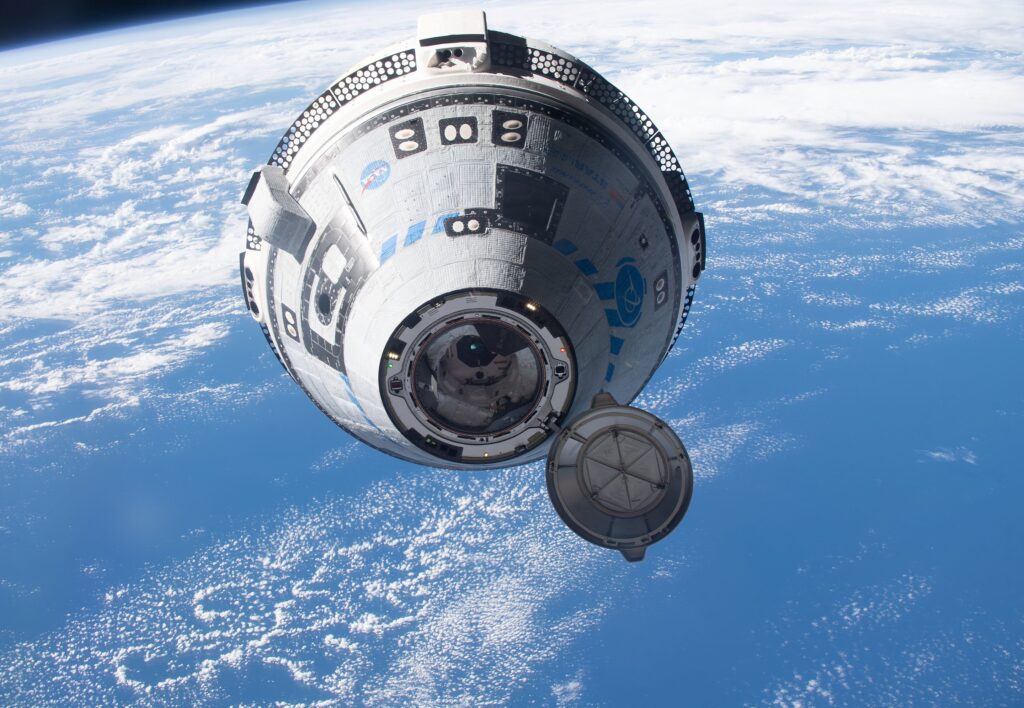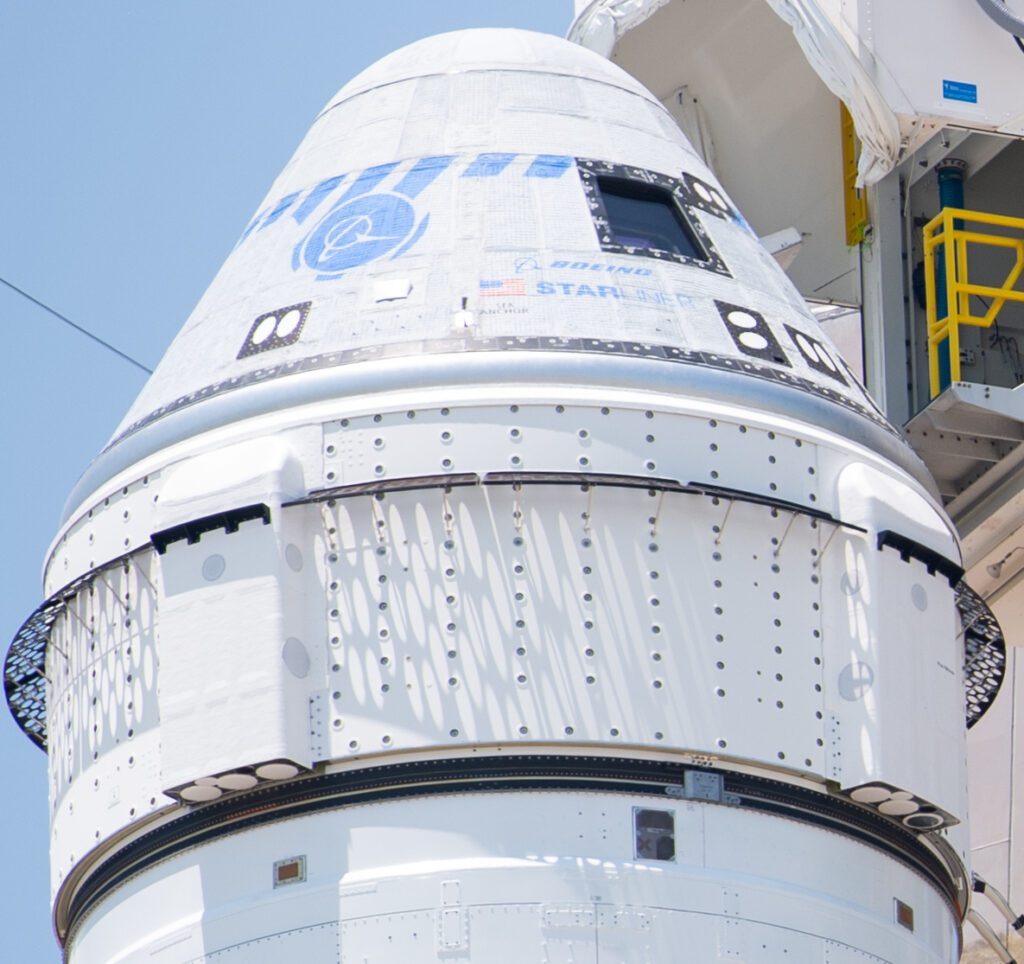aerospace
Ready for Liftoff: Boeing’s Starliner Spacecraft Prepares to Soar
Boeing’s Starliner spacecraft overcomes safety hurdles for May launch to the ISS, marking their first crewed trip. Exciting times ahead! 🚀✨ #SpaceExploration #StarlinerLaunch

After encountering numerous delays and setbacks, Boeing’s CST-100 Starliner spacecraft is finally on the brink of liftoff, targeting a launch date in May. The journey to this point has been filled with challenges for Boeing’s crew vehicle, with the most recent obstacles relating to two major safety concerns. However, during a press briefing, representatives from the company expressed confidence in the resolved issues, particularly regarding the parachutes and protective tape. Let’s delve into the remarkable journey of the Starliner as it prepares to carry NASA astronauts to the International Space Station (ISS).
Throughout its development, Boeing’s Starliner faced a series of unfortunate delays. Notably, the most recent delay was due to the discovery of two significant safety hazards on the spacecraft. The first concern involved the load capacity of the parachutes, which are crucial for the safe landing of the crew vehicle. Extensive investigation revealed that the failure load limit of the fabric sections on the parachutes was lower than expected, necessitating rectification to ensure redundancy and safety. The second concern centered around flammable protective tape used to cover wiring harnesses within the Starliner. To mitigate this risk, Boeing carefully removed the tape and implemented necessary barriers or found areas where the tape posed no threat.
Boeing’s priority has always been the safety and reliability of their crew vehicle. In response to the safety concerns, Boeing developed a new parachute system that meets NASA’s meticulous safety standards. The achievement of closing the necessary paperwork for these modifications reaffirms their dedication to providing a secure mode of transportation for astronauts. Mark Nappi, vice president and program manager of Boeing’s Commercial Crew Program, expressed readiness and confidence during the press briefing, highlighting the extensive efforts made to eliminate risks.
The upcoming launch of the Starliner spacecraft to the ISS will mark Boeing’s first crewed mission. This historic flight follows the anomaly encountered during an uncrewed test flight in May 2022 when a thruster used for orbital maneuvering unexpectedly failed. The Starliner’s inaugural uncrewed test in 2019 also faced challenges, resulting in further tests and troubleshooting to ensure the spacecraft’s reliability and performance.

Boeing’s successful Starliner mission to the ISS will establish them as NASA’s concurrent commercial partner, joining SpaceX in providing transportation to and from the International Space Station. NASA has been primarily relying on SpaceX for crewed trips, reducing dependence on Russia’s Soyuz crew ship. This diversification of transportation options increases redundancy, safety, and autonomy for NASA. While Russia’s recent launch abort highlighted the ongoing importance of multiple commercial partners, Boeing’s readiness and ability to fulfill its role in this context positions NASA to rely on both companies for future orbital trips.
As the Starliner’s launch date approaches, the anticipation around this long-awaited mission grows. Boeing’s dedication to safety and addressing the challenges they encountered paves the way for future advancements in crewed space missions. With the commercial space industry evolving rapidly, NASA’s collaboration with multiple partners ensures reliability, innovation, and continuous progress towards exploring the mysteries of space. The imminent liftoff of the Starliner spacecraft signifies a significant milestone for Boeing, NASA, and the future of human space exploration.
What is the Starliner spacecraft?
The first of two operational Boeing CST-100 Starliner spacecraft, known as Boeing Starliner Spacecraft 2, was developed and constructed as part of NASA’s Commercial Crew Program. Initially planned for its inaugural flight during Boe-CFT, the first crewed test flight of the Starliner spacecraft, it was later rescheduled to perform the Boe-OFT-2 mission due to the partial failure of another CST-100 in Boe-OFT. Additionally, the spacecraft was reassigned to fly Starliner-1 after being originally assigned to the CFT mission.
https://en.wikipedia.org/wiki/Boeing_Starliner_Spacecraft_2
https://gizmodo.com/boeing-starliner-astronaut-flight-flammable-tape-nasa-1851359764